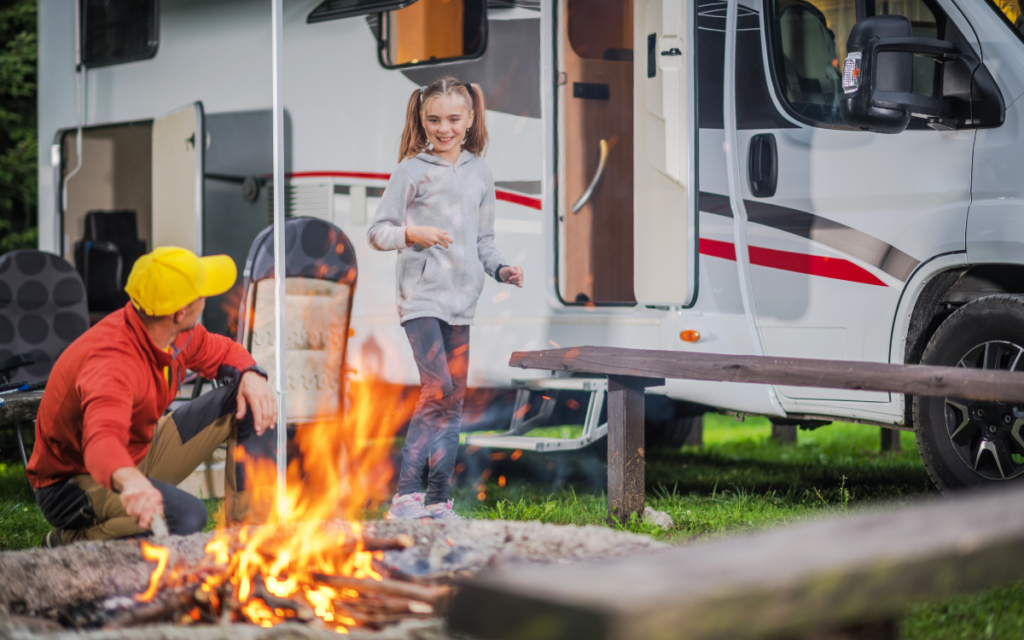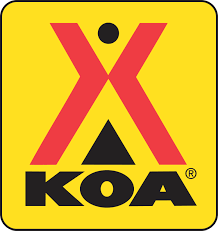
How Much Do KOA Owners Make?
Founded back in 1962, Kampgrounds of America, commonly known as KOA, has solidified its presence in the North American RV park industry as one of the most recognized brands in campground franchising. KOA offers a franchise model that allows campground owners to benefit from its brand recognition, marketing support, and quality standards. But how much do KOA owners make?
For decades, KOA has attracted numerous entrepreneurs looking to venture into the lucrative world of outdoor hospitality. But for entrepreneurs entertaining the idea of entering the world of KOA campgrounds, understanding how much KOA owners make is a pivotal query.
In this article, we will thoroughly explore the earning potential behind owning a KOA campground, delving into various factors that influence profitability. From location, amenities, and management efficiency to financial figures, we’ll embark on a comprehensive exploration.
So, whether you’re an aspiring KOA franchisee or simply curious about the economics of campground businesses, stay tuned for an enlightening journey into the financial landscape of KOA ownership.
Factors Influencing KOA Owners’ Income
The earning potential of a KOA owner is not set in stone. Various factors can either boost or hinder the profitability of a KOA campground. Understanding these determinants can offer a clearer picture of the financial journey that lies ahead for potential and current KOA franchisees.
Location and Geography
Arguably, one of the most pivotal factors is the geographical location of the campground. Seasonal variations, particularly in regions that experience extreme weather conditions, can significantly affect the number of campers. KOA campgrounds situated close to tourist attractions, national parks, or along major highways will naturally experience higher footfall compared to more remote locations.
Size and Amenities Offered
The number of campsites, cabins, and tent spaces available can dictate the volume of guests a campground can accommodate. Moreover, amenities play a crucial role in attracting and retaining guests. Modern facilities such as swimming pools, playgrounds, Wi-Fi access, dog runs, and event spaces can substantially increase a campground’s appeal.
Management and Operational Efficiency
A well-trained and efficient staff can drastically enhance the guest experience. Efficient management not only ensures smooth day-to-day operations but also optimizes costs. Effective leadership can mean the difference between a thriving campground and one that barely breaks even.
Franchise Fees and Overhead Costs
Entering the KOA franchise requires an initial investment, which includes franchise fees. On top of this, ongoing royalty payments, which support national marketing efforts and operational support, can influence the bottom line. Maintenance, utilities, and infrastructure costs further add to the overhead, impacting overall profitability.
Occupancy Rate
One of the primary metrics in the hospitality industry, the occupancy rate measures the utilization of available campsites. A higher occupancy rate indicates better utilization and, typically, higher revenue. However, it’s essential to balance high occupancy with adequate facilities and service quality to ensure guest satisfaction.
Marketing Strategy
An effective marketing strategy can significantly boost a KOA campground’s visibility and attract more guests. From creating a high-quality website to harnessing the power of social media, a robust marketing approach can set a campground apart from its competitors.
Additionally, engaging in local marketing efforts, partnerships, and loyalty programs can further drive bookings and repeat business.
While the allure of owning a KOA franchise is undeniable, it’s vital for potential owners to consider these influencing factors. By understanding and strategically addressing each one, KOA franchisees can optimize their earning potential and ensure a successful and profitable venture.
KOA Campground Profit Breakdown

Want to Grow Your Campground Business?
Book a FREE, personalized demo to learn about how RoverPass will save you time and help you earn more revenue
If you are planning on embarking on a KOA franchise journey, it is crucial to have a realistic understanding of the financial potential that awaits. So let’s take a closer look at the numbers behind the revenues and costs associated with running a KOA campground.
Average Gross Revenue
The revenue streams for a KOA campground are diverse. The primary source is the fees from campsites, which can vary depending on the location, type of site (RV, tent, or cabin), and seasonality.
Additional revenue streams include campground store sales, equipment or RV rentals, and any ancillary services like guided tours or workshops. According to last year’s revenue report, KOA campgrounds have keep growing steadily, as the 2022 registration revenue was 34.3% over 2019 before the COVID-19 pandemic
Operating Costs and Expenses
Expenses in running a KOA campground are multifaceted. Staff salaries, which cover management, maintenance, housekeeping, and customer service, can form a significant chunk. Utility bills, marketing expenses, franchise royalties, and periodic maintenance can also take a sizeable portion of the gross revenue.
It’s crucial for potential owners to maintain a detailed and realistic budget to manage these operating costs effectively.
Net Profit Margins
After accounting for the gross revenues and operating expenses, the average net profit margins of a campground in the US can hover between 20% to 30%, depending on the factors discussed earlier. Moreover, by leveraging KOA’s brand recognition and benefits, campgrounds can significantly improve their annual incomes. All in all, successful RV park owners can make $50,000 to $90,000 a year.